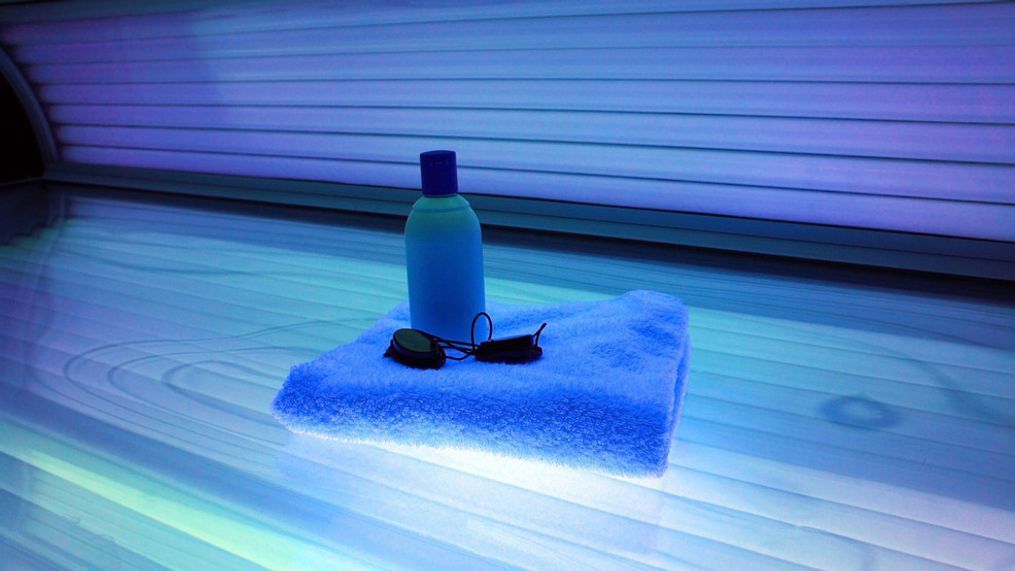Skip the tanning bed so you can enjoy the sun for many years to come

The word is out on the dangers of tanning beds. They're a quick fix for turning pale skin into the golden summer standard, but they also increase your risk of developing skin cancer. After a few months of COVID-19 quarantine, you might be looking for an easy way out. Don't give in!
The Healthy People 2020 initiative strives to reduce the percentage of adults using indoor tanning methods to 3.6% this year. Statistics published in the Journal of the American Academy of Dermatology show that the public is trending in this direction, but there is still some work to be done, especially among younger adults.
In 2015, about 6% of people between 18 and 29 years old were still tanning indoors, almost double the target percentage. The good news actually showed up in the adolescent demographic. The target percentage for adolescents is 14%, and since 2009, the number of high school teens using indoor tanning facilities has steadily declined below the goal percentage.
Don't forget the danger
According to the American Academy of Dermatology, your risk of developing squamous cell carcinoma skyrockets by 67% after only one indoor tanning appointment. Melanoma risk increases by 20%, and basal cell carcinoma risk rises by 29%.
The American Academy of Dermatology also found that about 20% of white women between 18 and 30 years old show signs of tanning addiction.
If cancer and addiction aren't enough to scare you away, perhaps you'd like to skip the hospital bill from a burn or eye injury suffered in a tanning bed. Overall, the point of tanning is likely to increase confidence in how your skin looks, but using these indoor facilities consistently can leave your skin looking leathery and wrinkled instead.
Tanning beds don't even provide one of the sun's biggest benefits: vitamin D. The type of light that helps your body produce vitamin D (UVB) is different from the light in tanning beds (UVA).
Change the way you tan
To reach the goal of the Healthy People 2020 Initiative's goal, indoor tanning habits will need to continue declining. Sunless tanning products, such as spray tan, lotions, and creams, can help you achieve the look you want, but be careful. Sunscreen is still necessary because these products are usually only designed to darken your skin. In other words, sun protection isn't included.
Drinking water won't give you a tan, but it can help your skin look younger and less dry. Some people even say it gives them an extra glow. Extra time in the sun can accelerate dehydration, too.
Look yourself in the mirror
No matter what tanning method you use, or even if you don't tan at all, you should check your skin often for any abnormalities. Follow the ABCDE method outlined by the Centers for Disease Control and Prevention to track the size, color, and other traits of the marks on your skin.
If you feel like enjoying a day in the sun, wear (and reapply) sunscreen, and consider staying out of direct sunlight between 10 a.m. and 4 p.m. Set an alarm for yourself to avoid falling asleep while sunbathing, and monitor your alcohol consumption to prevent dehydration. Finally, consult your doctor or dermatologist for any concerns you have about your skin.
This article is for informational purposes only and is not intended to diagnose or treat any condition. If you have any concerns, please speak with your doctor.
Sinclair Broadcast Group is committed to the health and well-being of our viewers, which is why we initiated Sinclair Cares. Every month we'll bring you information about the "Cause of the Month," including topical information, education, awareness, and prevention. July is UV Awareness Month.
